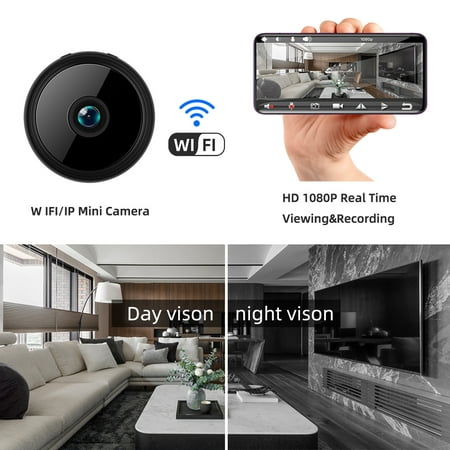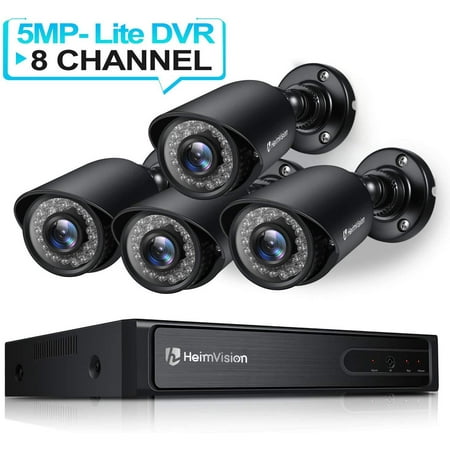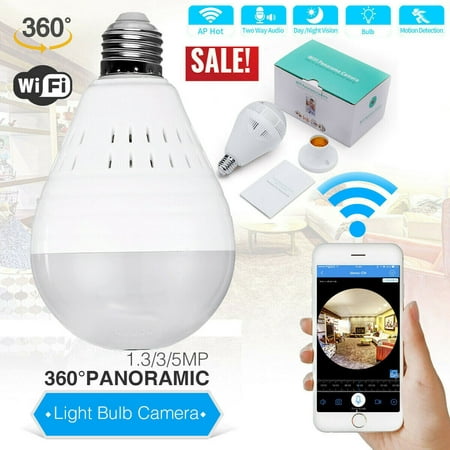Mini Camera SQ11 High-Definition Camera, Night Vision Camera,Can View Remotely(Connect Cell Phone, Computer),Mini Video Recorder, Home Security Surveillance
Description:Material:PlasticModel:SQ11Pixel:800 (dpi)Type:Integrated CameraResolution:1980*1080Lens:3.6(mm)Alarm characteristic:NoneColor:Red, Blue, Black (optionally available)Features:1080P Full HD;one hundred forty degree huge subject of view;360 degree rotating;Multi-purposePackage List:1 x Mini DV1 x User instruction1 x USB Power cable1 x Camera mount1 x Camera clipFeature:1. 1080P excessive definition pixel and a hundred and forty° extensive angle lens.2. 360° rotate multifunctional adjusting bracket, adjustable design is greater convenient for gambling videos from special attitude.3. Mini length, suitable for all events such as having lessons, assembly, taking element in concert, and interviewing, etc.4. IR night time vision, appropriate for night too.5. Lightweight and clean to carry, this mini DV can fix TF card(no longer blanketed)6. After you install the mini camera(with clip),you could modify the angles on the mount(approx.0-90°)Notes:1.Due to the different display and light effect, the actual colour of the item is probably barely exceptional from the shade showed on the images. Thank you!2.Please allow 1-3cm measuring deviation due to manual dimension.







1080P high definition pixel and a hundred and forty° extensive perspective lens360° rotate multifunctional adjusting bracket, adjustable layout is more handy for playing films from different angleMini size, appropriate for all events consisting of having instructions, meeting, taking part in concert, and interviewing, etcIR night time imaginative and prescient, suitable for night time tooLightweight and smooth to carry, this mini DV can repair TF card(now not blanketed)After you install the mini camera(with clip),you may adjust the angles on the mount(approx.zero-90°)





Reviews
There are no reviews yet.